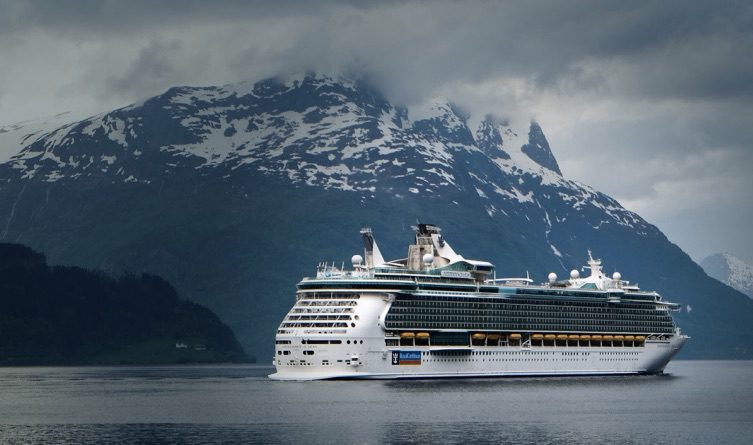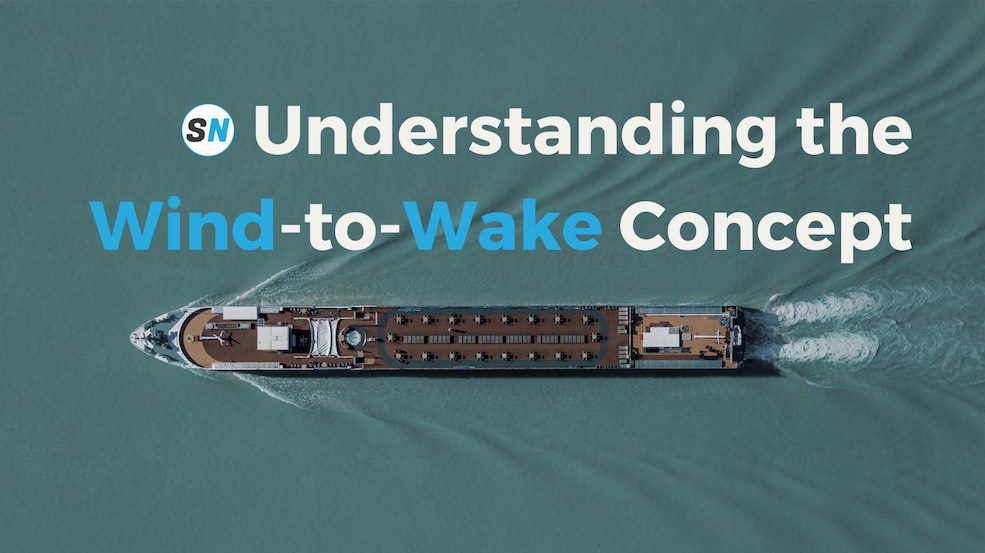28 November 2024
Methanol Safety & Toxicity – General Issues

Methanol safety requires extreme attention with handling, considering its toxicity. This article provides fundamental insights and precautions for the fuel.
Table of Contents
Introduction
Methanol safety is important considering its toxic properties and extreme care is required with handling. It can be absorbed into the body by inhalation, ingestion, skin contact, or eye contact. Adverse health effects of methanol contamination or exposure are not always immediately evident and can be fatal. The fuel will also react violently with strong oxidants, raising the risks of fires and explosions in the case of a leak.

4 new methanol engines to accelerate transition to sustainable fuels
Wärtsilä will introduce another four methanol engines to its portfolio, setting a new industry benchmark with the broadest methanol engine portfolio currently on the market.
Ship Nerd
Key Points
- Flash Point: 12°C
- Lower explosive limit in the air: 6%
- Upper explosive limit in the air: 36%
Methanol evaporative vapours may be heavier than air, causing them to spread along the ground and collect and stay in
poorly ventilated, low-lying, or confined areas, such as engine room bilge areas.
There are numerous methanol safety guidance publications as methanol is a regularly used chemical feedstock and maritime cargo.
Methanol Safety Precautions
Flammable
Methanol is flammable and burns with a clear blue flame that is smokeless and difficult to see in daylight. Keep away from sources of ignition including heat, sparks, flames, and hot surfaces. Keep containers tightly closed when not in use. Containers should be stored in well-ventilated and cool areas.
Health
Methanol can be toxic if swallowed, inhaled or contacts the skin, although skin absorption is a slower process than ingestion or inhalation. Avoid breathing vapours or mist. When handling methanol, wear chemical-resistant gloves and appropriate PPE. Depending on the activity, respiratory protection may be required. If swallowed, immediately seek medical attention.
Bunkering Considerations
Methanol is a liquid at ambient temperature and pressure. Unlike ammonia, hydrogen, ethane, LPG and methane (natural gas) it does not need to be pressurised, compressed or stored cryogenically. However, methanol is corrosive and storage tanks need to be constructed from a compatible material or appropriately coated.
As per the IMO’s requirements for ships using methanol, the bunker tank ullage space should also be inerted with a gas such as nitrogen gas to reduce explosion risks and vessels may need inerting systems installed. Fuel systems need to be considered in a retrofit or newbuild design given lubricity issues.
Lloyd’s Register and the Methanol Institute developed robust guidance on methanol bunkering processes in 2020 with the publication of the Introduction to Methanol Bunkering Technical Reference. The Methanol Institute has also regularly updated its The Methanol Institute Safe Handling Manual (4th edition).
Potential methanol bunker suppliers, ports and users should also be aware of the work of the CEN Workshop Agreement in Europe. CEN, the European Committee for Standardization, is one of three bodies recognised by the European Union as being responsible for developing and defining voluntary standards at the European level. The methanol bunkering workshop agreement was in partnership with industry actors including Lloyd’s Register and the Methanol Institute.
For inland waterways specifically, the European Committee for drawing up Standards in the field of Inland Navigation (CESNI) has developed standards for inland waterway vessels (ES-TRIN), Edition 2021/1.
Additionally, BS EN 60079-10-1:2015 exists to cover explosive atmospheres (Part 10-1: Classification of areas – Explosive gas atmospheres) and Lloyd’s Register’s gas-fuelled ship rules, IGF Code and MSC.1/Circ.1621 specifically refer to IEC 60079-10-1.
The development of any new bunker supply chain requires diligence and full risk assessments to ensure it is safe for all users and bunkering conditions. The aforementioned methanol safety bunkering technical reference supports the bunkering process and the IMO published a circular in 2020 for ship and bunkering requirements. See: IMO circular (IMO, MSC.1/
Circ. 1621) Interim Guidelines For The Safety of Ships Using Methyl/Ethyl Alcohol as a Fuel.
However, it is worth noting that similar ISO standards that have been developed for LNG bunkering are currently not in place.
Methanol Quality
Methanol bunker quality standards are currently under development. A group at ISO – working on ISO 6583: Specification of methanol as a fuel for marine applications – has developed guidance that is due for
final delivery during 2024.
An existing methanol specification is also available from IMPCA, the International Methanol Producers and Consumers Association. IMPCA has also published a draft sampling standard and has a tool to help determine CO2 footprint/life cycle calculation for methanol depending on its feedstock and eventual use (fuel or chemical etc.).
To Sum Up
Shipping has considerable experience with methanol as a cargo. Currently methanol is shipped globally under a regulatory framework that includes MARPOL Annex II (Regulations for the Control of Pollution by Noxious Liquid Substances), the IBC Code and the IMDG Code. As a fuel, there is guidance from the IMO with the goal-based
approach of the IGF Code. In particular, the interim circular (MSC.1/Circ. 1621) with interim guidance for the methanol safety of ships (using methyl alcohol as a fuel).
Bunkering methanol safety is also covered at a European level through the CEN workshop, and additional guidance from a classification perspective comes from the LR bunkering requirements and class notations.
Fuel quality is also covered by the IMPCA methanol reference specifications, and is under development at the ISO (ISO 6583).
Methanol Framework
- International Code of methanol Safety for ships using gases of other low-flashpoint fuels (IGF Code).
- Interim Guidelines for the methanol safety of ships using methyl/ethyl alcohol as a fuel (IMO MSC.1/Circ. 1621).
- Lloyd’s Register: Classification of ships using gases or other low-flashpoint fuels here
- Lloyd’s Register: Class notation and descriptive note for vessels complying with the low flashpoint fuel requirements, e.g. LFPF(GF, ML), or with particular aspects ‘ready’, e.g. GR(ML, A) here
- Appendix LR1 – requirements for Ships Using Methyl Alcohol (Methanol) or Ethyl Alcohol
- IMPCA methanol safety reference specifications here
- ASTM D-1152/97: Standard specification for methanol here
- ISO/AWI 6583: Specification of methanol as a fuel for marine applications (not complete) here
See Also

Wind-to-Wake Concept for Shipping Decarbonization
Shipping decarbonization goes beyond the norm. Get up to speed with Wind-to-Wake, the updated method of lifecycle assessment for green fuels.


